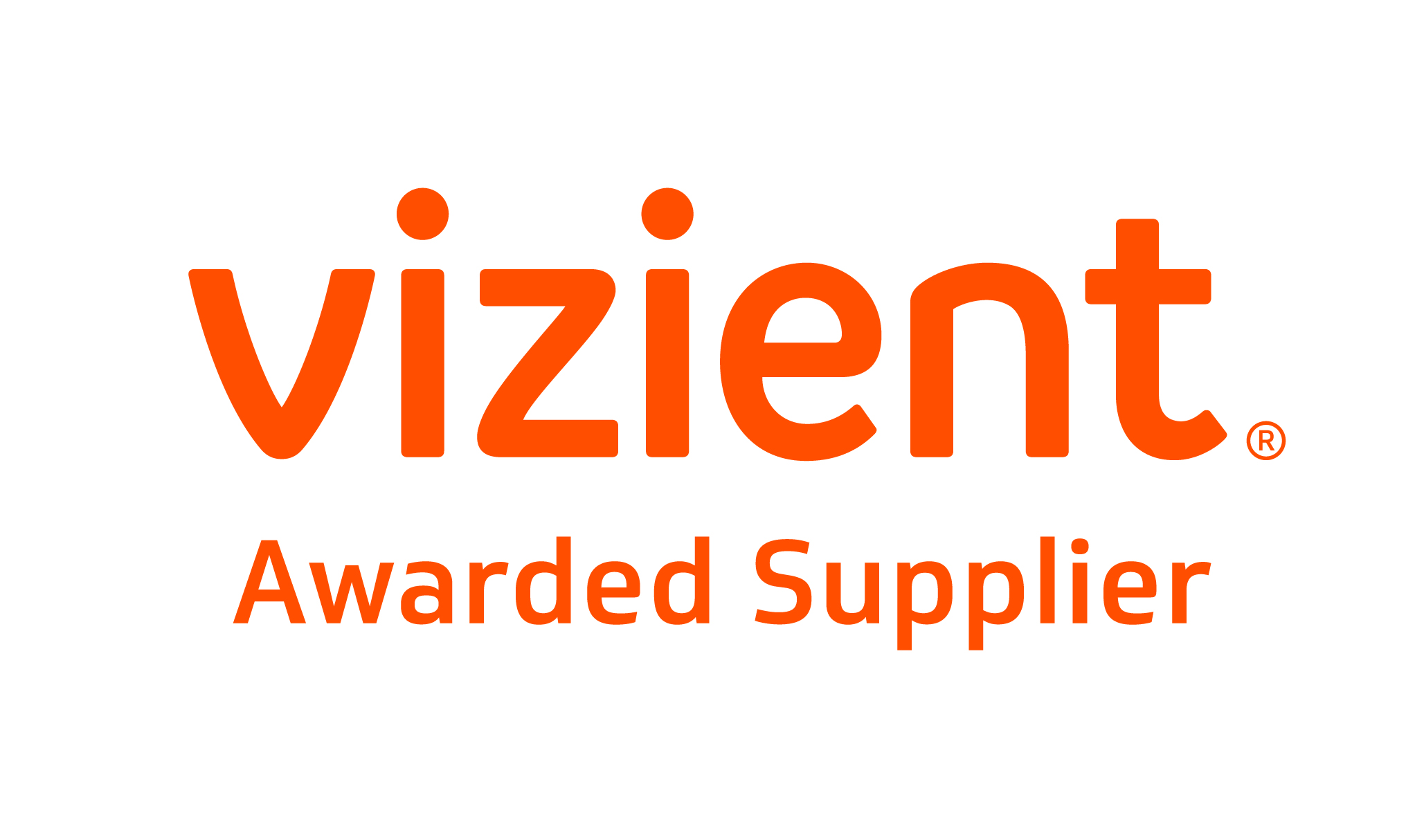What are the causes of the current IV fluids shortage, the outlook for the IV fluids supply chain, and the options for healthcare providers?
With supply issues continuing into 2025, dextrose, lactated ringers, and sterile water remain on tight allocation, requiring healthcare facilities to reassess their product sourcing and inventory strategies. Saline and other IV solutions are produced through strict manufacturing processes to ensure sterility, purity, and lack of contaminants. These fluids are vital for healthcare facilities and patients, so increasing supply is critical for the US healthcare market.
Causes of the IV Solutions Shortage
Hurricane Helene devastated Baxter’s key production facility in NC late last year, leaving hospitals and wholesalers struggling with allocations and backorders.
Baxter's North Cove manufacturing site was impacted by the rain and storm surge which resulted in the facility flooding.The category 4 storm forced Baxter to close the facility - the company's largest manufacturing site, employing 2,500 people.
As Baxter IV fluids account for more than 60% used by healthcare institutions throughout the country, the production facility closure was a huge hit to IV fluid availability in the market including a saline shortage. Baxter also makes specialty fluids to help patients with kidney failure, as well as irrigation fluids, used during procedures to clean medical wounds.
After the closure Baxter announced it was taking steps to minimize supply disruptions including managing inventory, leaning on other global manufacturing sites and establishing an allocation process for equitable product disruption.
The Current Supply Chain for IV Fluids
IV fluids are a vital supply that medical facilities depend upon and an essential aspect of routine and emergency patient care.
IV fluids have been a standard of care for over 100 years, and are used to deliver life-saving medications in operating rooms, ambulances, and the ICU.
To deal with the shortages from Baxter, hospitals received IV fluids from other manufacturers and took IV fluid supplies from temporary overseas imports.
For example, Mass General Brigham in Boston, which uses more than 100,000 liters of IV fluid from Baxter every month was only allocated 40% of its usual supply during the production site closure. Hospitals across the US were urged to take steps to conserve supplies of IV fluid in light of the saline shortage and prompted in some cases to provide oral hydration with options like plain water or isotonic drinks like Gatorade for patients in place of IV fluids.
Two other large manufacturers of IV fluids in the US also worked to increase supply.B. Braun Medical, which accounts for about 23% of the IV fluids market in the United States, increased the supply of the most critical products such as large-volume bags of sterile water, lactated ringers and sodium chloride. Braun also looked to import additional products from abroad to ease supply issues.
Even so, it has been difficult to make up for the gap left by Baxter. While saline allocation levels have largely returned to normal, dextrose, lactated ringers, and sterile water are still restricted in availability. Some hospitals have hoarded products by buying more than they need immediately to store for future use, which has further impacted supply.
What is the IV Fluids Shortage Outlook for 2025 and Beyond?
On January 28th 2025, Baxter announced that all 10 of the site’s manufacturing lines had restarted production. A further announcement from the company on the 17th of February 2025 stated that all 10 lines had returned to the pre-hurricane production levels.
Full production at the facility is going to reduce the IV fluid shortage in the future, but it is likely to take some time for the supply chain to return to normal. For now, allocations remain necessary as Baxter continues to replenish inventory and support customers by increasing allocation levels across key impacted product groups.
For medical equipment procurement teams dealing with the IV shortage, access to high-quality medical supplies is vital. MAP Medical can relieve some of the pressures from the IV fluids shortage. We supply medical facilities with saline bags, IV fluids and a range of related equipment. We carry an extensive product line offering supply chain and cost advantages to our customers.


The IV Fluids Shortage and its Impact on Healthcare